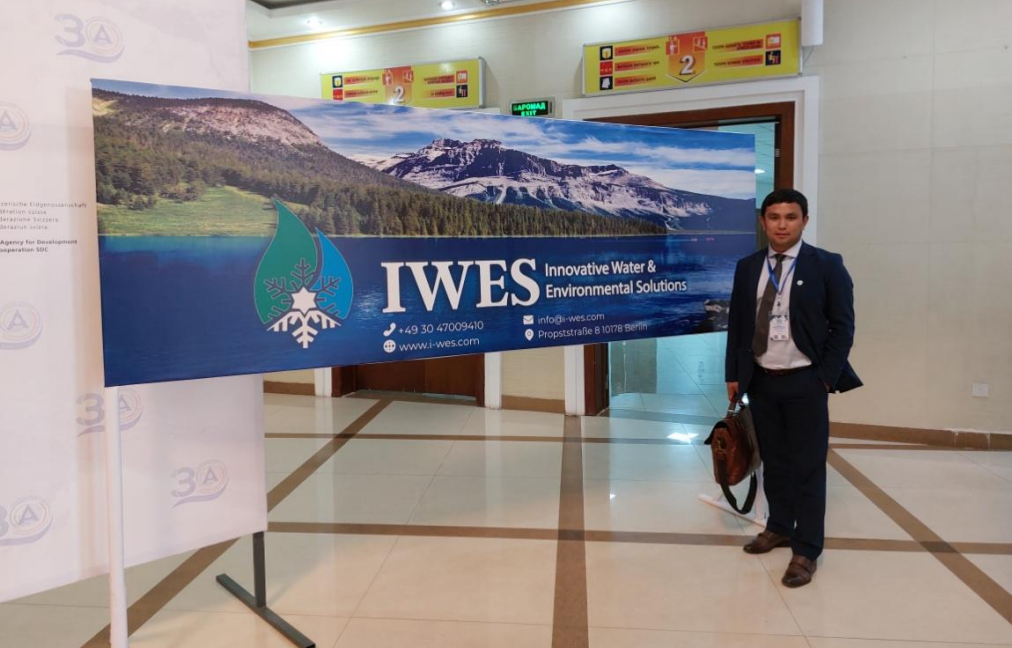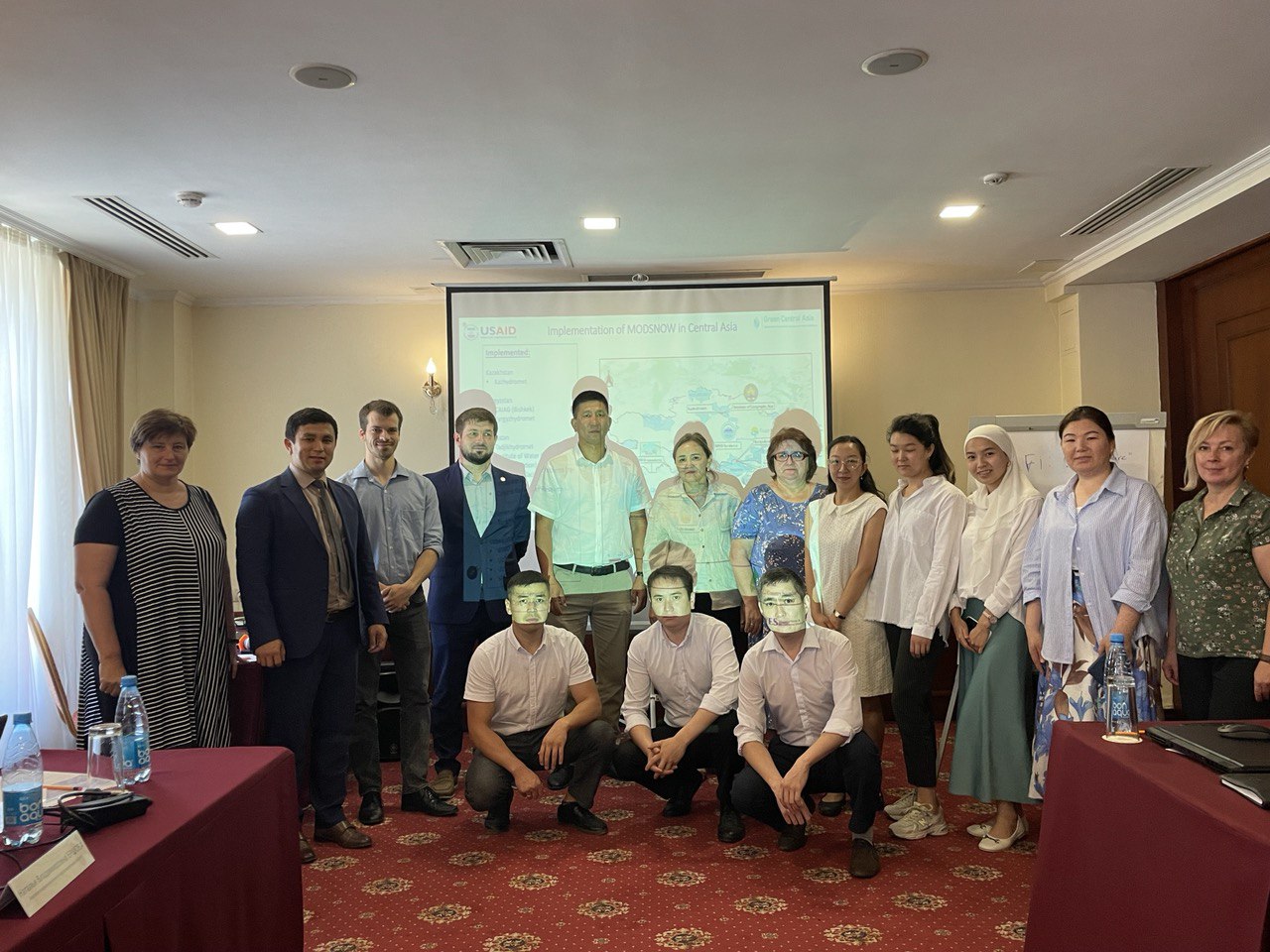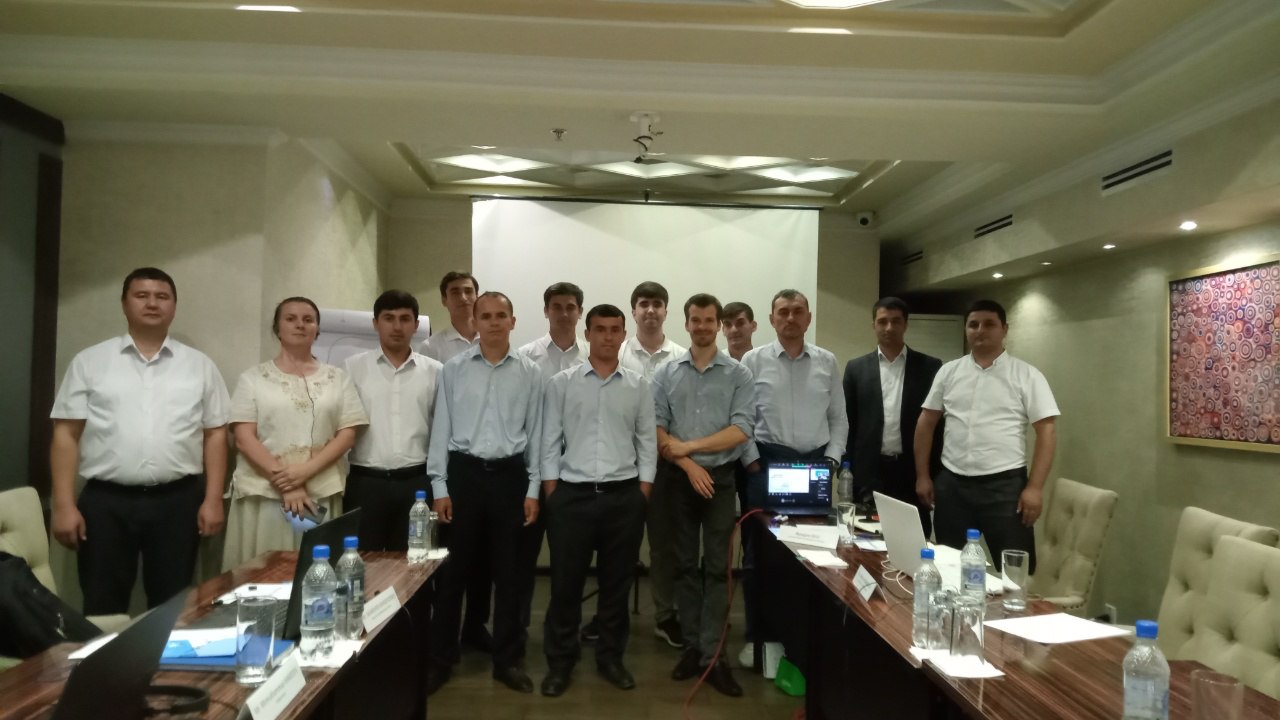Integra and IWES Partner to Provide Hydrometerological Trainings in Central Asia
Background
The changing hydrology in the high mountains of Central and South Asia is of concern for the United States Agency for International Development (USAID) and their water resource management investments. The uncertainty of future water supplies will likely negatively impact agriculture, food security, and hydropower generation. Better tools for measuring, forecasting, and understanding how run-off contributes to river systems and water allocation are needed to advance the region’s food security under a changing climate and managing water supplies for energy markets. However, there is no robust understanding of the climate sensitivity of water and energy supply and the interconnected impacts on agricultural and electricity production. Efforts to quantify contributions from rainfall, seasonal snow melt, and glacier ice melt to total river run-off and their effects on irrigated agriculture and hydropower have often not been included in water management strategic planning. The USAID/Asia Bureau seeks to synthesize available information so it can be understood and used by policymakers and water managers and contribute to successfully implementing USAID Mission activities in the region.
Opportunity
USAID is working with Central Asia Governments and research institutions—under the Asia Emerging Opportunities (AEO) mechanism—to evaluate the status and possible causes of lower-than-usual regional water supplies. In 2021, Integra helped draft a series of reports on using the University of Colorado at Boulder’s Contributions to High Asia Run-off from Ice and Snow (CHARIS) project to work with regional stakeholders to ascertain the current methods employed to assess regional water supplies and update existing hydrological models in Tajikistan, the Kyrgyz Republic, and Kazakhstan. The reports reviewed existing CHARIS literature and examined the current use of CHARIS. The reports aimed to understand to what extent actors working on water monitoring have used CHARIS outputs and demonstrate the data potential to stakeholders. A larger goal was to address how changes in water supplies and associated run-off affect the production of hydroelectricity and agriculture (particularly related to irrigation) in each country and how downstream countries receive discharge from their rivers. As a continuation, Integra is delivering snowmelt and glaciermelt training modules in Central Asia using data from eight primary river basins.
Solution
In early 2022, Integra partnered with Innovative Water & Environmental Solutions (IWES), a research institute that uses innovative methods, data, and tools, such as the MODSNOW tool, to solve emerging water and environmental issues. IWES focuses on using remote sensing-based products as a data source and advanced Geographic Information System (GIS) and other programmatic languages to solve complex issues. To date, Integra and IWES have collected, processed, and observed satellite-based data from eight river basins across five countries throughout Central Asia to develop snowmelt and glaciermelt modules for integration into the MODSNOW tool.
The MODSNOW operational tool, originally developed by Dr. Abror Gafurov of IWES, aims to provide Central Asia crucial information for monitoring snow cover and water resources. The functions of MODSNOW Tool include 1) operational and automatic monitoring of snow coverage in any river basin, 2) hydrological forecasting using remote sensing-based snow cover data, 3) operational monitoring of daily snow water equivalent, snow depth and snowmelt, and 4) forecasting water availability for short-term (several days) considering glacier melt in summer months.
Integra and IWES are delivering a series of trainings to National Meteorological and Hydrological Services (NMHS) in Central Asia on how to use the tool. The focus is on the full development of the MODSNOW tool as a solid hydrological model that can assess water availability in the Central Asian Region and provide the necessary training for local hydrometeorological services to monitor local water supply continually.
 Caption: Snowmelt monitoring of the Varzob River Basin in Tajikistan depicting changing snow depth between 200 and 2023, produced by the MODNSOW tool. (Photo Credit: IWES)
Caption: Snowmelt monitoring of the Varzob River Basin in Tajikistan depicting changing snow depth between 200 and 2023, produced by the MODNSOW tool. (Photo Credit: IWES)
Impact
Representatives from IWES traveled to Dushanbe, Tajikistan and presented at an International Conference, “Central Asia: Towards sustainable future through strong regional institution,” dedicated to the 30th anniversary of the International Fund for Saving the Aral Sea. The Executive Committee of IFAS was organized by with the support of the Government of the Republic of Tajikistan and in cooperation with development partners. The conference aimed to reflect on past accomplishments, provide insight into current streams of cooperation and develop an agenda for future vision in this space. This Conference was a great place to introduce the training objectives to all interested organizations in Central Asia. Furthermore, a meeting was dedicated to discussing the MODSNOW model, its development and improvement, the existing experience of operational use of MODSNOW in the work of national hydrological and meteorological services and other organizations, and the future development of the model. Representatives of all National Meteorological and Hydrological Services (NHMSs) and other organizations from each country in Central Asia: Kazakhstan, Kyrgyz Republic, Tajikistan, Turkmenistan, and Uzbekistan, and a USAID representative took part in the meeting (20+ in-person and 15 virtual attendees).
 CAPTION: Integra/IWES representative at the main exhibition hall of the National Library of Tajikistan during the conference, June 05–07, 2023.
CAPTION: Integra/IWES representative at the main exhibition hall of the National Library of Tajikistan during the conference, June 05–07, 2023.
Since the announcement, the first training took place in Bishkek from June 26–30, 2023. Participants from the National Hydrometeorological Services of the Kyrgyz Republic were introduced to the MODSNOW snowmelt and glacier melt modules. The training included theoretical demonstrations highlighting the modules’ basic functions and practical exercises tailored to the region’s needs to ensure the application of the tool at Kyrgyzhydromet is sustainable. The proper interpretation of the MODSNOW outputs for improved water management and the strengths and weaknesses of the tool were also discussed. The sessions were attended by 13 officials representing Kyrgyz Hydrometeorological services, the Institute of Water Problems and Hydropower NAS KR, and the Central Asian Institute of Applied Geosciences.

Caption: Opening of Kyrgyzhydromet training in Bishkek, Kyrgyzstan on June 26, 2023.
The team returned to Dushanbe, Tajikistan in early July for the second training. Eight officials from Tajikhydromet’s Department of Hydrological Forecasts and Snow and Avalanche Departments attended three days of information sessions. Additional participants included representatives from the Center for the Study of Glaciers, NAS Tajikistan, and the Head of the Laboratory from the Institute of Water Problems, Hydropower, and Ecology. Example exercises included inputting initial glacier thickness, temperature, and precipitation data to model when a glacier will disappear and how to synthesize predicted glacier melt into predicted river discharge. The training series will continue throughout July and August 2023, with IWES representatives traveling to Astana, Kazakhstan, Tashkent, Uzbekistan, Ashgabat, and Turkmenistan—ultimately providing trainings across all eight of Central Asia’s most critical river basins.

Caption: Opening of Tajikhydromet training in Dushanbe, Tajikistan July 3, 2023.






































